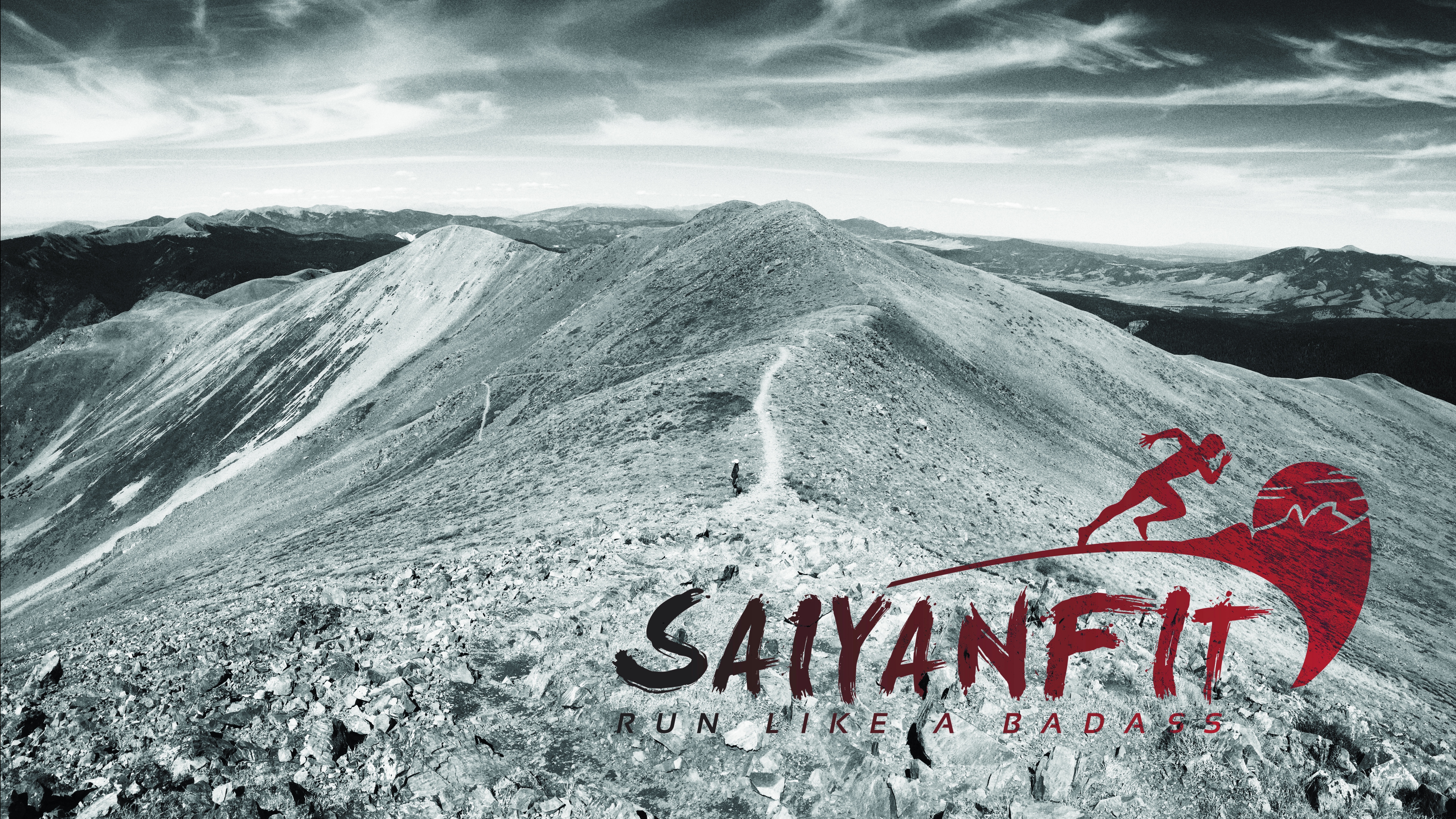Bubbles float to the top of the blue plastic water container as my cup slowly fills.
Another day at the office.
A co-worker strikes up conversation in the office kitchen.
“Hey, I hear you’re like super quick” he quips.
I modestly refrain from any direct answer and smile nervously, chuckle slightly, trying to sip my water simultaneously.
Continuing, my co-worker spills the beans
“So I mean I have been trying to train for the Tokyo marathon, but I just get bored when I am running. Like anything more than 10km and I feel my mind just wanders.”
The cat was out of the bag.
So I think there are people who are naturally gifted and born runners. But for 99% of the rest of us, we don’t have any such natural talents and have started running without any training or advice. On the face of it, how hard can it be? If you can walk, you can run, right?
Well, that is partly true. In my experience, I put on a pair of running shoes, started running down the road. And I must admit, looking back, my running form was terrible. I kept on running like this for a very long time, maybe 2 to 3 years incurring various injuries through bad strides, bad landing and general badness.
Then I joined a running club which started me running on the 400m athletics track. It is a weekly training club and the track is open to the general public and often crowded. Things got more serious. My form was still terrible and I was slow compared to others. But it was only when I started watching other faster runners that I really became more self conscious of my form.
I mimicked others. It was a gradual process of observing and learning. One of the most important things I learnt was to listen to advice and be prepared to be open and less stubborn. No improvements can be had if you do not listen and learn.
Another point about the track is that it is in lanes and you can’t just wander about like you can on the road. Especially when you are surrounded by other runners. Your legs must track straight.
One of the best advice I received was to keep your chest approximately in line with the maximum front swing of your leg. That is, don’t push your leg out in front of you, rather keep your chest out and let it land either underneath you or slightly in front. For a sloppy footed runner like me, this helped me a great deal.
Listening to your foot land, it should be quiet and not sloppy. Your foot should track true be straight.
Then, the back swing is equally important. In fact, it is the controller of you run. It is the kick part of the stride. Think of it like hitting a tennis ball with a racquet. You cannot stop the movement when your racquet strikes the ball. You must follow through.
The degree which you wish to kick back is dependant on two things:
1. how fast you wish to run
2. the distance you are running

The two factors are the essence of your run. Kick back high, so the heel nearly touches your bottom, and you are basically sprinting. However, for most, this technique won’t be sustainable. And without careful control, you could increase your risk of pulling a muscle or similar.
Kick back less, and increase the tempo (the “beat” aka Cadence, check out Harrisson’s excellent article here) of the stride, and it will become more sustainable.
Back to the office kitchen, you could imagine my co-worker was quite unsure what exactly he had let out of the bag. I still had more to go on, specifically the topic of breathing whilst running, but I left that for another time and I will do the same for now.
The fact is, when you are properly running and training, it is a self discipline to be mentally busy, ensuring you are keeping everything in check and efficient as can be.
Much like life, running is a continuous learning process, without learning there is no improvement.

Great post Derek. I will try and learn from your form as you pass me by next time.
Thanks Padraig. Only the educated are free 🙂